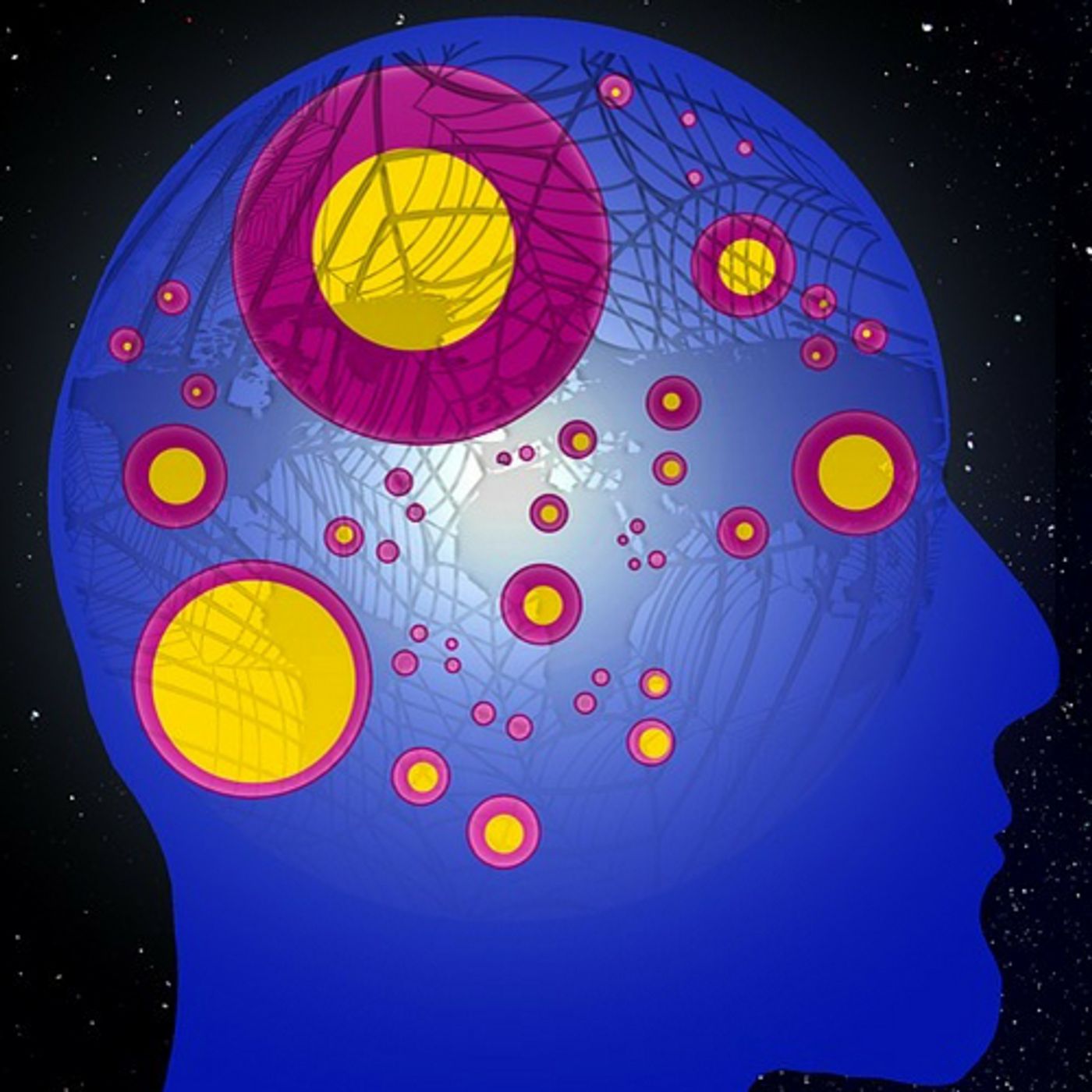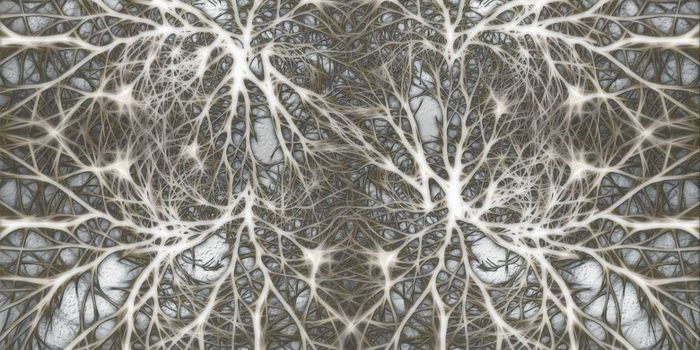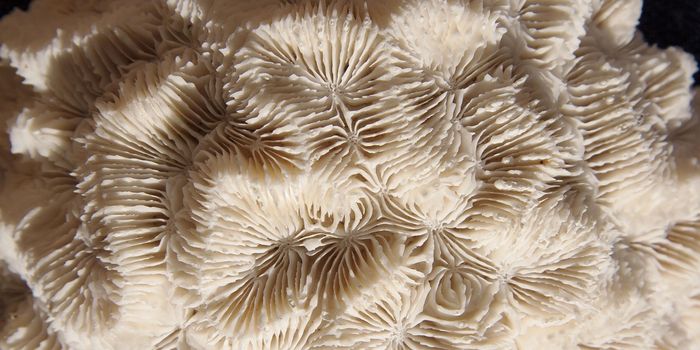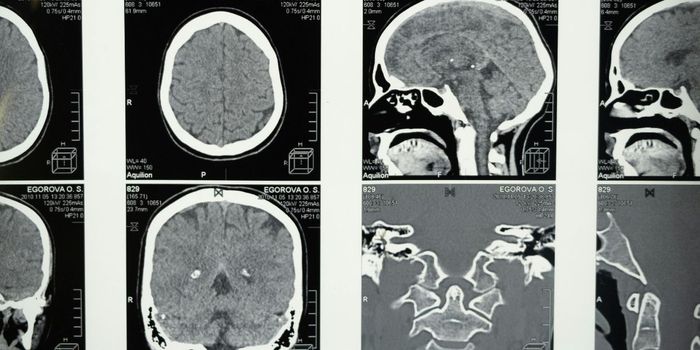Draining the Brain Leads to Clues About Alzheimer's
Finding a way to reverse the aging process has been a goal for centuries. A "fountain of youth" seems to be the chupacabra of scientific research.
Nowhere is aging and the cognitive issues that can come with it a more critical point than the field of Alzheimer's research. Blood supply to the brain is crucial, but like the rest of the body, blood vessels age. Researchers at the University of Virginia School of Medicine recently published a study on improving the lymphatic vessels that remove cellular waste from the brain and how this could rejuvenate aging vessels.
The study is a follow-up to groundbreaking research in 2015 in Jonathan Kipnis, and his team discovered that the brain does indeed have a lymphatic system. For hundreds of years, it was believed that there was no way to "drain the brain" of cellular waste products. Knowing the mechanism of how this works was a considerable advance in neuroscience, and the latest research only adds to that, since now there seems to be a way to reverse the damage to older lymphatic vessels and improve their performance.
Dr. Kipnis chairs UVA's Department of Neuroscience and directs its Center for Brain Immunology and Glia (BIG.) He explained, "When you take naturally aging mice, and you make them learn and remember better, that is really exciting. If we can make old mice learn better, that tells me there is something that can be done. I'm actually very optimistic that one day we could live to a very, very, very old age and not develop Alzheimer's."
While Kipnis's earlier research demonstrated the existence of a cerebral lymphatic system, the recent study provided a detailed look at the mechanism of how it worked and demonstrated that the older vessels could be revamped to work better. The study used a mouse model since the brain, and lymphatic systems of mice are quite similar to humans. They developed a compound that allowed brain waste to flow out of the skull and into the lymph nodes in the body. The vessels dilated more and waste flowed smoothly out of the brain. Vessels that were once constricted and inefficient opened up significantly.
Looking at the buildup of tau protein plaques, the researchers noted that when the lymphatic vasculature was older and less efficient, the mice accumulated more of the beta-amyloid plaques that are the hallmark of Alzheimer's. When they cleared them out, the older mice, which were showing signs of cognitive decline, improved their ability to learn. Kipnis took these results as a spark to look at how Alzheimer's develops in humans and could, one day, be reversed. He stated in a press release, "Here is the first time that we can actually enhance cognitive ability in an old mouse by targeting this lymphatic vasculature around the brain. By itself, it's super, super exciting, but then we said, ‘Wait a second, if that's the case, what's happening in Alzheimer's?'"
While there is much more research needed, the fact that a new target for Alzheimer's treatment is now better understood is a boost to pharmaceutical companies that are researching medications for dementia. Many companies are slowing down or stopping research entirely because it's prohibitively expensive and hasn't yielded good results. For more information on the new work and what the next steps are, check out the video below.









